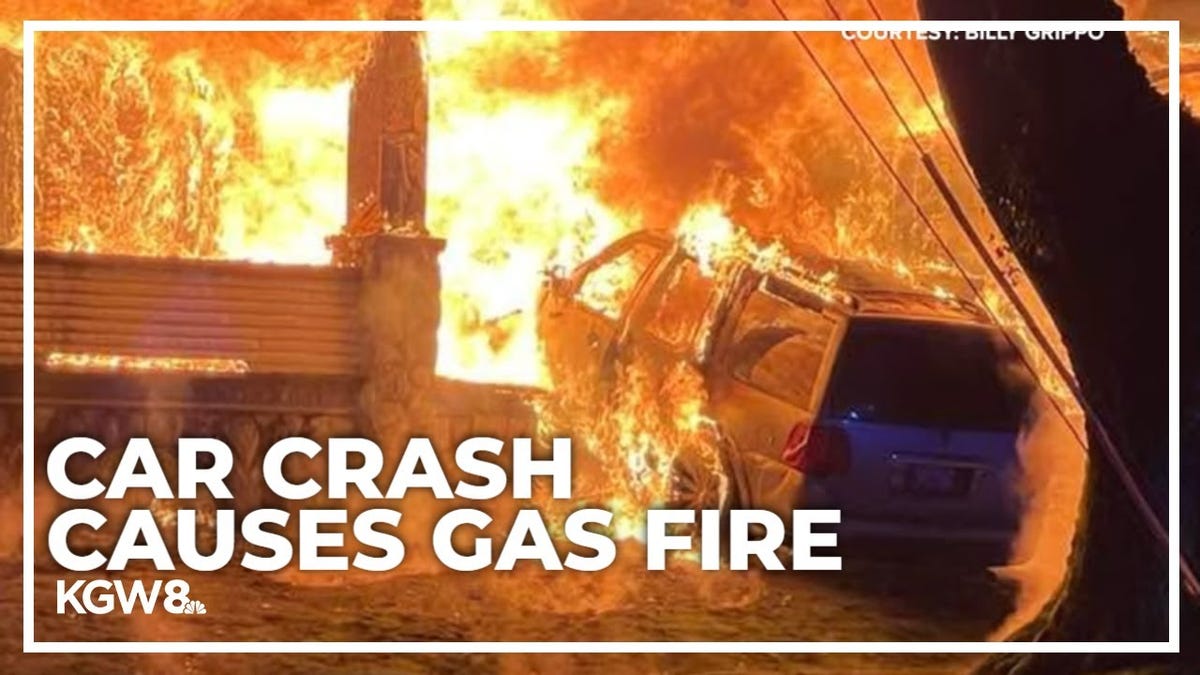- cross-posted to:
- [email protected]
- cross-posted to:
- [email protected]
In my city there’s a street that does an S turn, essentially shifting to the left by about 5 meters. Of course, distracted drivers forget about it, and cars kept jumping the curb and driving into the house that’s at the turn. The owner got tired of the city’s inaction and put a boulder in their front yard. Now cars still occasionally keep going straight, but at least the house no longer gets hit.
There is a single family house in my home town that has the same problem though it’s been more like 3 crashes in 10 years. It’s located on a 3 way intersection with a traffic light. There’s a guardrail and a big yellow sign but cars keep crashing into it and the city refuses to buy the property. If i lived there I’d build a large ramp so cars would simply fly over the house
Jersey barriers.
Hescos would be cheaper and easier to put in place.
Anyone owning land can put up bollards or barriers that are meant to stop vehicles.
Where bylaw and other authorities might start having kittens, however, is if you design said bollards to do more than just stop the vehicles… like, making them look like giant scythes sticking out of the ground, with reinforced blades that could split in half most any smaller vehicle that hits them.
The syntax of the title has me wondering why they didn’t just take the wheels off after the third time…
The US infrastructure is so backwards that they have gas installations and meters still on the outside of the house?
“Under national code for all propane Lp and Natural gas, all meters are to be mounted outside the building with an appropriate shut off valve, for emergencies, prior to the gas line entry into the building. In the absence of any state or local code enforcement, the national code for installation, testing, and final use of the meter will prevail, including the use of all materials in standards of the NFPA (U.S.) for safe and approved use.”
Makes sense, in the event of a gas leak, you can shut off the gas without having to go inside a compromised building.
Here, the outer emergency shutoff valves are outside, usually under the road, but anything else, including the meter and the second emergency shutoff, is in the house, usually in the basement.





